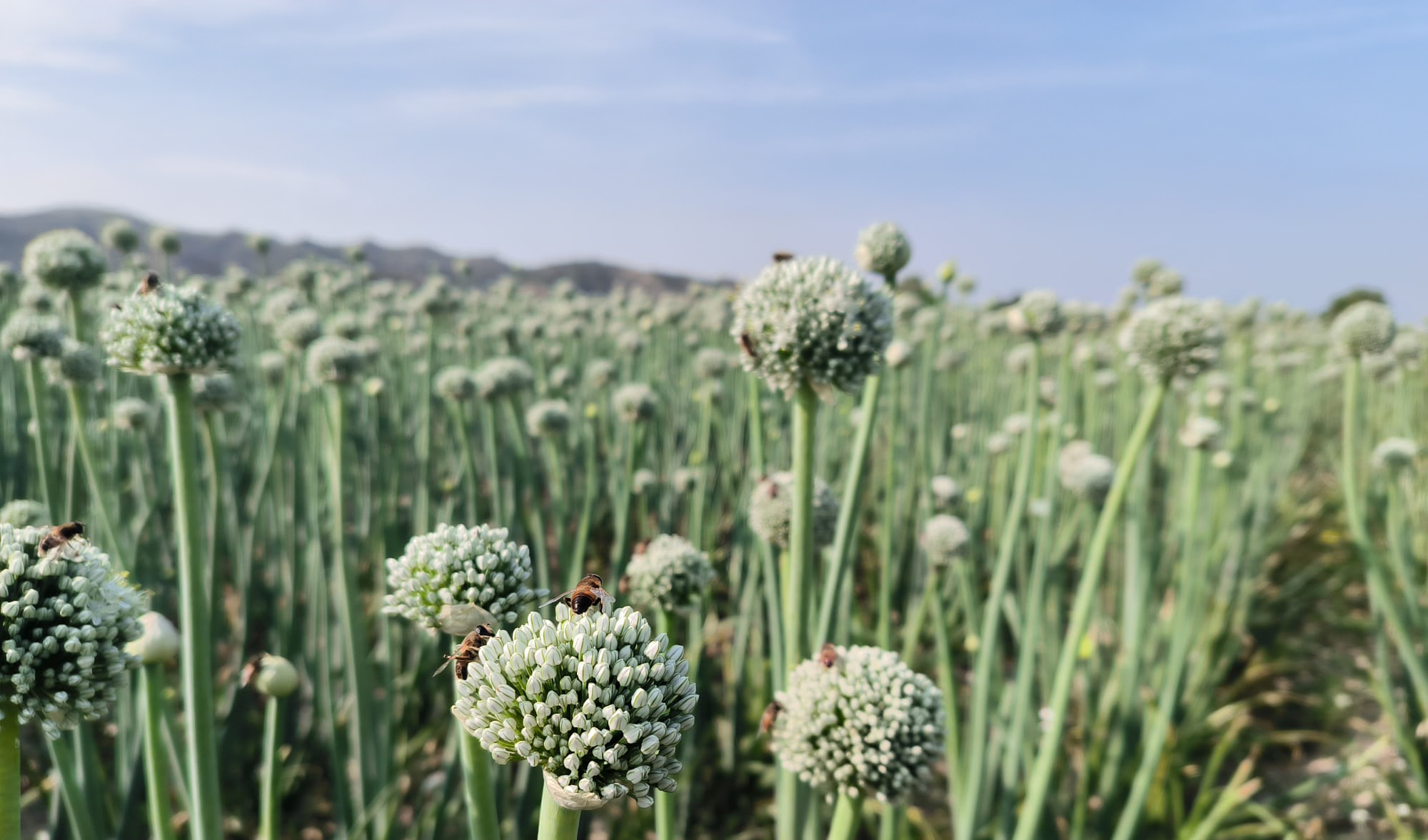
Impact
At Polyfly, we offer an innovative pollination solution inspired by nature—sustainable and environmentally friendly. Our goal is to bring biodiversity where it is most needed, providing natural pollination alternatives for seed production and commercial crops, both in greenhouses and open fields.
Efficiency under windy conditions and high temperatures.
We foster ecosystem balance by promoting locally adapted species.
We help ensure access to diverse food sources around the world.
Sustainability
Polyfly’s hoverflies represent a natural alternative to traditional pollination methods. They can be used to replace or complement bees and bumblebees, helping to reduce the pressure on these insects.
The Hoverfly Effect®: pollination and biological control
We promote The Hoverfly Effect®, a project that highlights the dual ecosystem service provided by hoverflies.
This makes hoverflies a multifunctional tool for farmers, supporting integrated pest and pollinator management strategies.
By promoting natural solutions like hoverflies, we reduce the need for pesticides and help prevent ecosystem degradation and biodiversity loss.
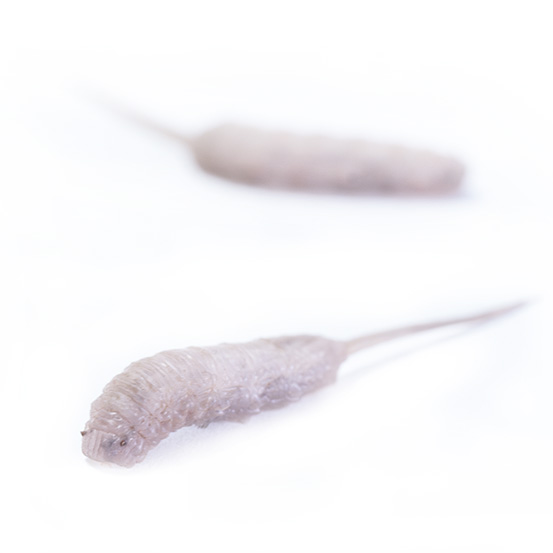
-
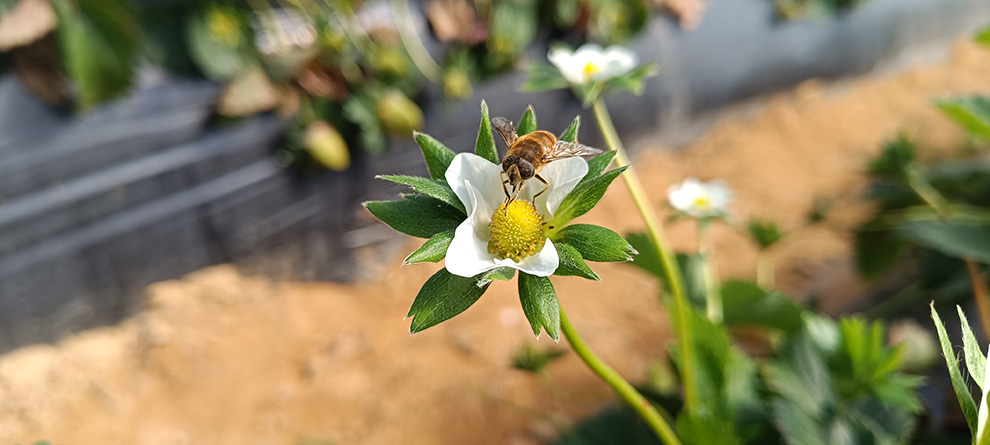
Adult hoverflies act as 𝗲𝗳𝗳𝗶𝗰𝗶𝗲𝗻𝘁 𝗽𝗼𝗹𝗹𝗶𝗻𝗮𝘁𝗼𝗿𝘀 of crops and ornamental flowers.
-
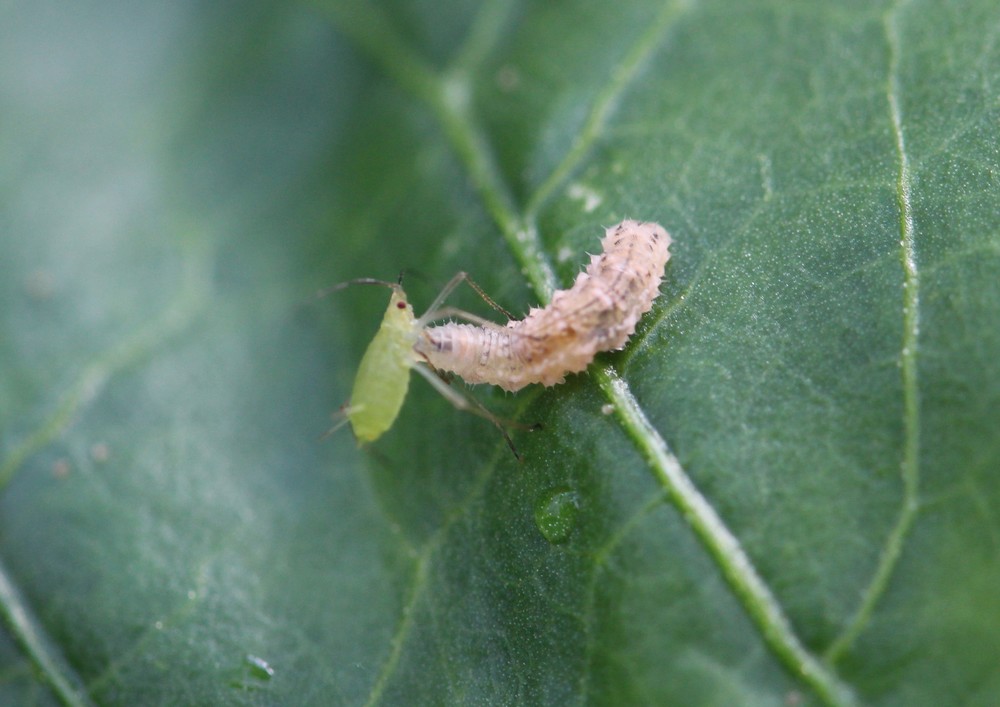
The 𝗹𝗮𝗿𝘃𝗮𝗲 of some species prey on aphids, supporting the 𝗯𝗶𝗼𝗹𝗼𝗴𝗶𝗰𝗮𝗹 𝗰𝗼𝗻𝘁𝗿𝗼𝗹 𝗼𝗳 𝗽𝗲𝘀𝘁𝘀.
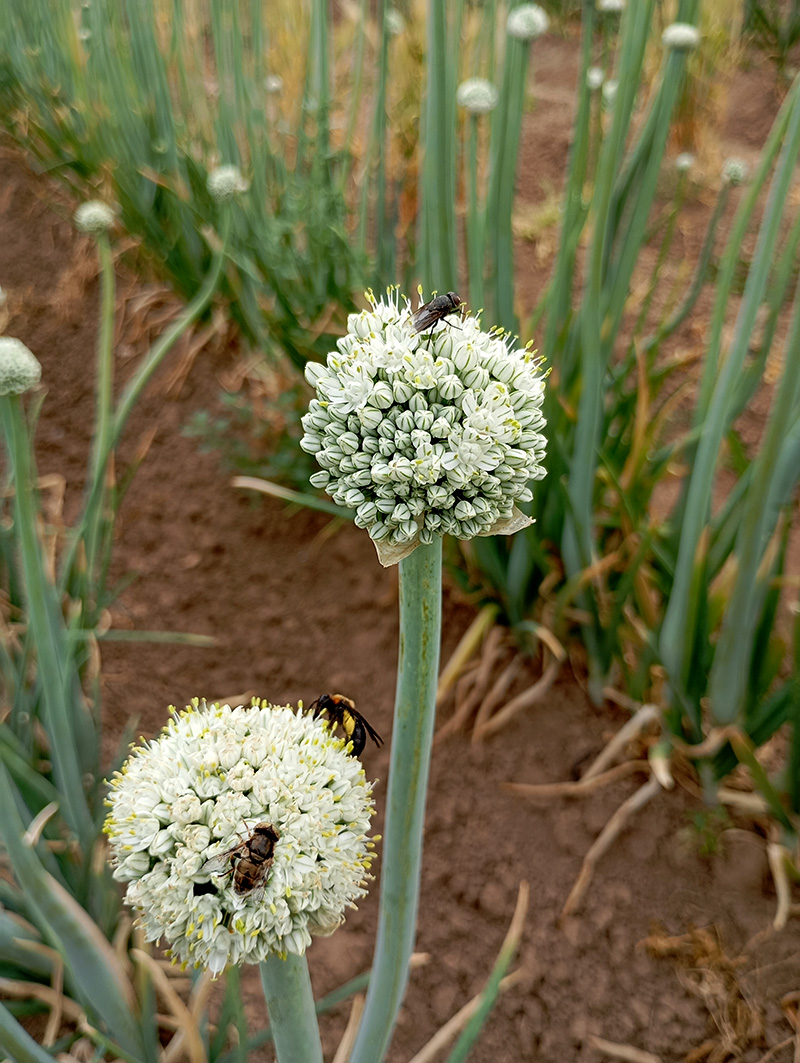
Promotion of Native Species and Cosmopolitan Pollinators
We also promote the use of native species.
Hoverflies are present across the globe, and several species are considered cosmopolitan pollinators:
- Eristalis tenax (QUEENFLY®) is the most widely distributed hoverfly species worldwide.
- Eristalinus aeneus (GOLDFLY®) has a global distribution, especially in temperate and warm regions, and is considered native in many areas.
Their global distribution supports our commitment to promoting local pollinators adapted to each environment.
Attraction of biodiversity
The introduction of hoverflies on farms has been shown to increase biodiversity. Moreover, in areas where we have introduced hoverflies, we have observed a clear increase in biodiversity, fully aligned with our sustainability vision at Polyfly.
They enhance the sustainability of agricultural ecosystems by diversifying beneficial fauna.
𝗤𝗨𝗘𝗘𝗡𝗙𝗟𝗬® and 𝗚𝗢𝗟𝗗𝗙𝗟𝗬® are present in most climates around the world.
The use of hoverflies promotes the presence of other wild pollinators and natural enemies of pests.